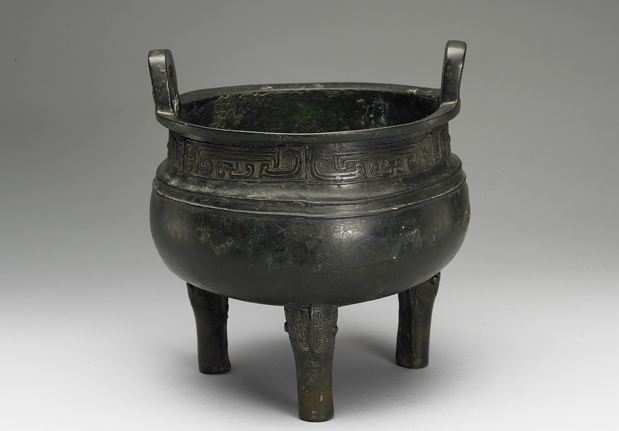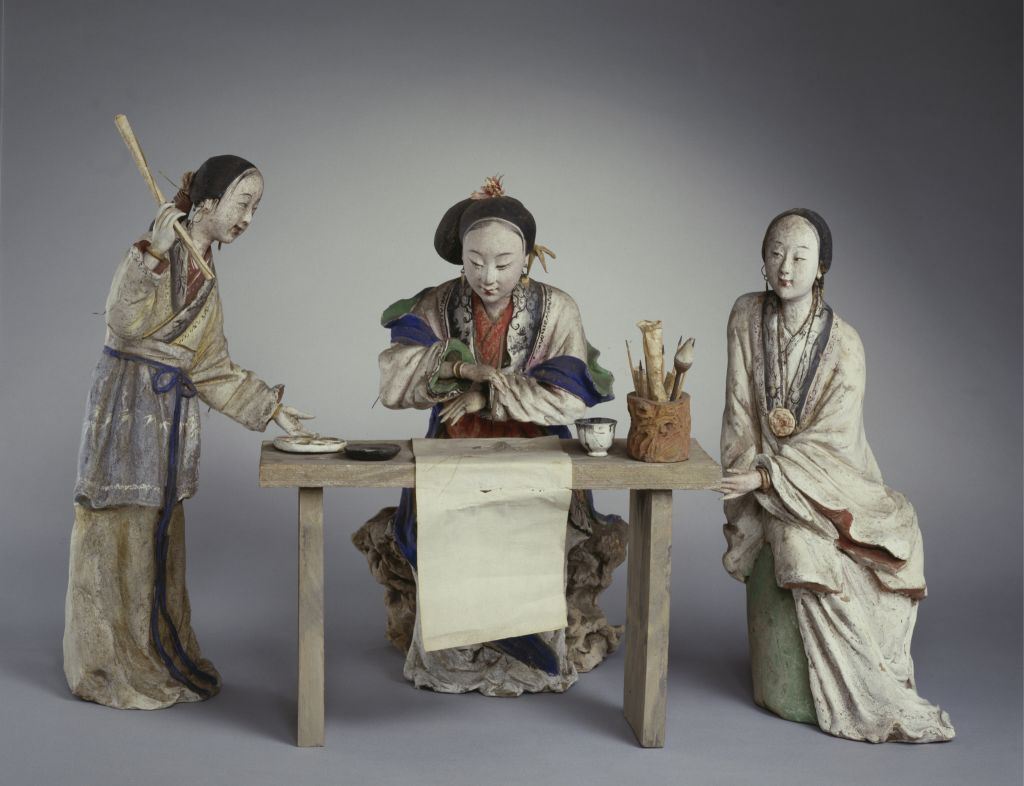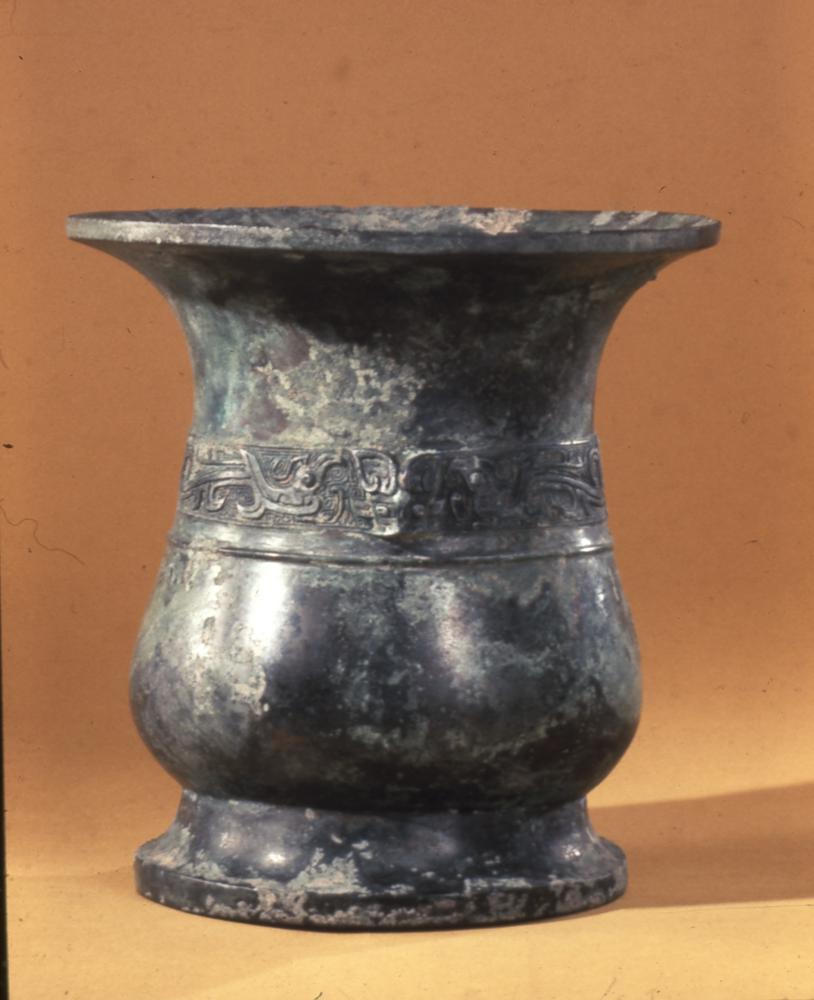[Yuming Tuoji Stone Inkstone]
Yuming Tuoji Stone Inkstone is made during the Qianlong period of the Qing Dynasty, with a length of 18.3 centimeters, a width of 12.7 centimeters, and a thickness of 3.2 centimeters
The inkstone is made of camel rock, with a rectangular shape. The inkstone hall is wide and flat, and the ink pool is deep and wide. The pool is embossed with five dragons playing with beads. On the back is engraved the inscription of Emperor Qianlong’s Imperial Inkstone, which reads, “Five dragons are carved on the camel base stone, and it is not necessary to praise the horse liver for receiving ink. It is set up with a series of sketches in the poem, which refer to the same island being thin and the suburbs being cold. The Emperor Qianlong’s Imperial Inkstone, which was inscribed on the Wuxu Emperor’s Day, also bears two seals,” Qian “and” Long “. In the forty third year of Qianlong (1778), the reign of Emperor Qianlong was 68 years old
The interior of the inkstone box is painted in black, and the original inlaid jade on the box cover has been lost. The cover is filled with gold and official script. The imperial inscription on the inkstone is the same as the inscription on the stone inkstone, and the seal script is used by the two imperial seals, “A few leisure moments and a pleasant mood” and “Getting a good taste”
Tuoji Stone is native to Tuoji Island, Penglai, Shandong Province. Song Gaoxiang’s “Inkstone Note” states that the stone color of Tuiji Island in Dengzhou is black, with a ribbed gold star, and hair like She
This inkstone has a fine and glossy hair, a cyan purple color, and a glittering Venus surface, revealing a colorful texture of the stone muscle. “For Emperor Qianlong’s imperial appreciation of inkstone, he wrote Volume 23 of” Qin Ding Xi Qing Inkstone Manual “.”
![图片[1]-Royal Ming Tuoji Stone Inkstone-China Archive](https://chinaarchive.net/Warring States period/Stationery/20534[1024].jpg)
![御题驼矶石长方砚 图片[2]-Royal Ming Tuoji Stone Inkstone-China Archive](https://chinaarchive.net/Warring States period/Stationery/20535[1024].jpg) 御题驼矶石长方砚
御题驼矶石长方砚![御题驼矶石长方砚 图片[3]-Royal Ming Tuoji Stone Inkstone-China Archive](https://chinaarchive.net/Warring States period/Stationery/20536[1024].jpg) 御题驼矶石长方砚
御题驼矶石长方砚





